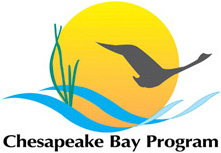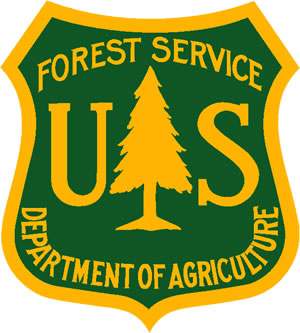Article by Julianne Nikirk, USDA Forest Service
The Cacapon Institute’s Potomac Headwaters Leaders of Watersheds is fostering Meaningful Watershed Educational Experiences and growing connections between students and conservation through their program, “Growing Native.”
Students learn about the benefits of trees and are given the opportunity to raise trees from seeds and saplings over the course of months and years. They get outside and learn about all about growing native trees, including care and maintenance. When the trees are old enough, they are sold at plant sales, given to students and staff to plant in their own yards, or donated to other schools or organizations. This reinvestment allows for the program’s continuation and expansion each year. Schools can apply to have the first generation of trees donated by the Cacapon Institute or local nurseries, along with supplies and an outside growing station with a temporary fence. School administration and facilities management, along with a teacher and citizen volunteer (someone local to oversee the nursery during the summer) must all agree to have a role and be active in maintaining the nursery.

Chrissy Lewin, a 6th-grade science teacher at Martinsburg South Middle School, hopes to instill a love for nature and environmental education in her students, some of whom have never touched soil prior to this experience. Mrs. Lewin and her students, along with Cacapon Institute staff and volunteers, have planted more than 130 native trees in the Martinsburg region. Lewin intends to grown and provide trees to other middle schools in the area and sell the remaining to raise funds to continue environmental education in her school.
“My goal is just to show them they can make a big different in the world. It doesn’t have to be big and bold, we’re always so obsessed with ‘go big or go home’ mentality and it’s these small, little baby steps that make the biggest difference.” – Chrissy Lewin
Another champion of the program is Megan Bennett, a science teacher at Paw Paw High School. Many of her kids enjoy the opportunity to get outside and create connections to what they are learning in the classroom. At one of their plant sales, a student took the time to name every tree. Months after, the school received a letter addressed to the student giving an update on how “Anderson the tree” was doing. Anecdotes like these give just a small sense of what this program can mean to students and the community. The impacts and benefits of this program are extensive and exciting for educators.
To learn more about Growing Native, visit: https://www.cacaponinstitute.org/teach/schoolyard-phlow/plow-lesson-plans/growing-native/





